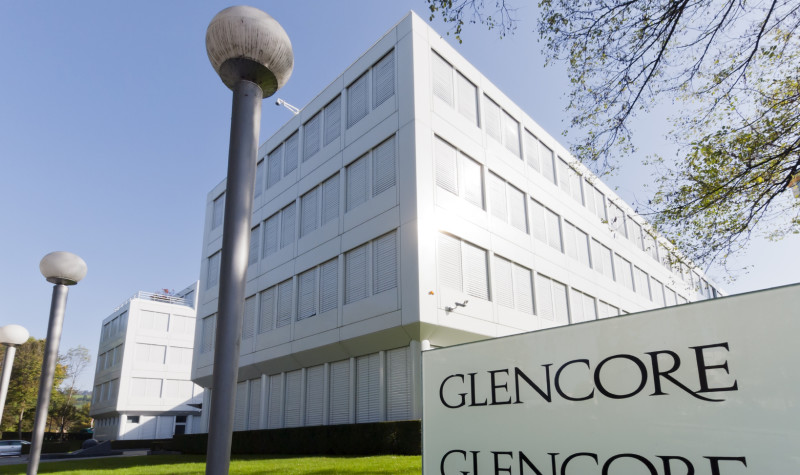Can the Glencore and BHP share prices continue to outperform the FTSE 100?

While the FTSE 100 index has declined by 5% since the start of the year, mining stocks Glencore (LON: GLEN) and BHP (LON: BHP) have surged 27% and 16% higher, respectively. They have benefitted from rising commodity prices, which could persist due in part to supply challenges and the ongoing effects of post-Covid economic reopening.
Despite their share price growth, both stocks appear to offer good value for money on a long-term view. Their strategies, financial positions and diverse operations suggest they could outperform the FTSE 100, albeit with a relatively high degree of volatility along the way.
Glencore
Glencore’s share price continues to include a margin of safety. The diversified mining and trading business currently has a forward price-earnings ratio of 7.
Its latest annual results showed that it is making progress in shifting from fossil fuel assets to commodities that are likely to play a significant role in the world’s transition to a low-carbon economy. Indeed, it reported a 43% rise in revenue and a 228% increase in adjusted operating profit versus the prior year.
Perhaps more importantly, the company’s focus on commodities such as copper, nickel and cobalt positions it for long-term growth. They are heavily used in renewable energy infrastructure and electric vehicles; both of which are widely expected to experience high demand in the coming years as environmental concerns build.
Although Glencore was able to reduce net debt by 62% in the 2021 financial year, its balance sheet remains highly leveraged. It has a net gearing ratio of 85%, which could make it a riskier proposition than other major mining firms.
However, this risk, as well as the potential for commodity price volatility, appears to be factored into its share price. With high inflation likely to persist and the shift towards a cleaner energy mix expected to be a dominant theme over the coming years, the prospects for the Glencore share price appear to be sound.
BHP
BHP is also seeking to move away from fossil fuels such as oil and coal. To this end, it has made asset disposals and is on track to combine its petroleum business with Woodside in the second quarter of the year.
In their place, it is investing heavily in ‘future facing’ commodities such as potash, which is used for fertiliser and could experience high demand as world population growth persist over coming decades, and copper. Its latest half-year results showed that it is making progress in growing its production in these areas, which could act as a catalyst on its long-term growth.
BHP’s net debt has fallen by 49% in the past year. It now has a net gearing ratio of just 12%, which suggests it has a solid balance sheet through which to overcome what is likely to be a volatile period for commodity prices. Moreover, its forward price-earnings ratio of 8.5 indicates that it offers a margin of safety despite its recent share price rise.
While BHP’s 77% rise in underlying profit in the first half of the year is unlikely to persist over the coming years, the firm appears to be in a strong position to benefit from major long-term trends. As such, its risk/reward ratio seems to be favourable.
Comments (0)